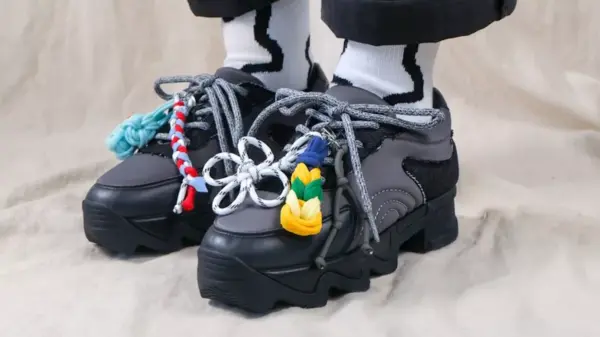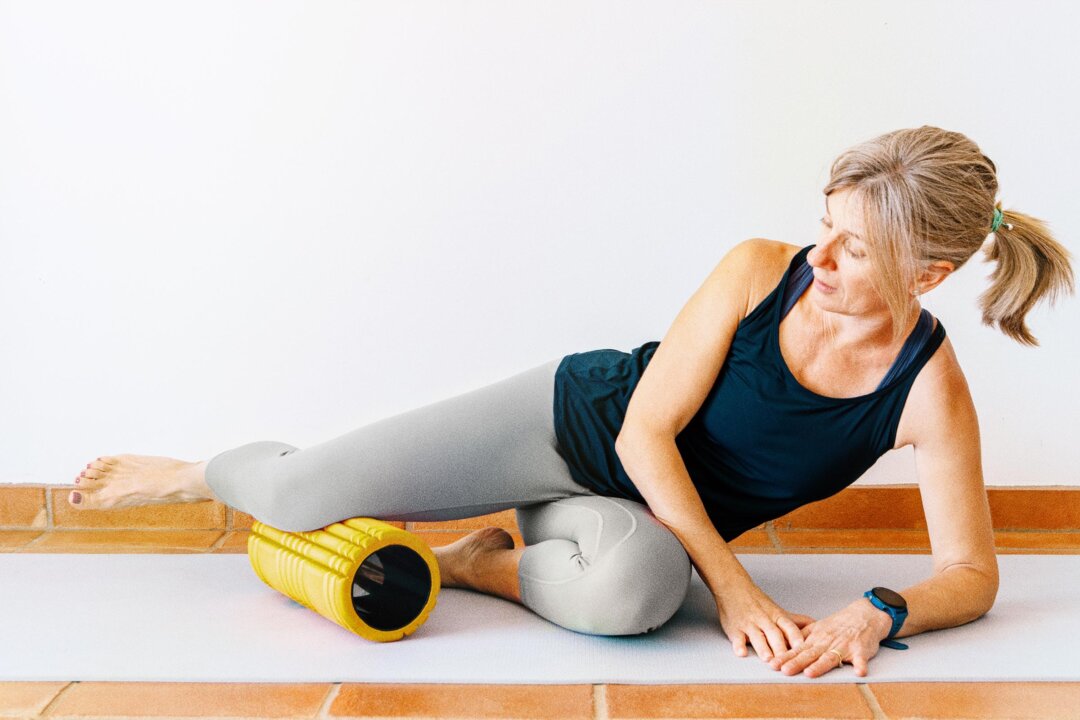Joint pain relief is becoming increasingly accessible, moving beyond traditional medical appointments. According to mobility expert Juliet Starrett, individuals can now find effective remedies through simple techniques demonstrated online. Starrett, who co-authored the book “Built to Move” with her husband, Kelly Starrett, emphasizes that an understanding of body mechanics can lead to significant relief.
Many people may not realize that joint pain can often be attributed to stiffness in surrounding muscles or connective tissues. Starrett explained to The Epoch Times that “oftentimes you may be experiencing pain in the joint, but really it’s being caused by a stiff quad or hamstring or a stiff piece of connective tissue.” This insight shifts the focus from solely treating the painful area to addressing the underlying issues.
For those experiencing non-specific knee pain, Starrett suggests a practical approach: “Get on the floor with a foam roller and work on your tissues upstream and downstream of whatever pain you’re having.” This technique provides a proactive method for individuals to manage their discomfort.
Understanding the Connection Between Muscles and Joint Pain
The relationship between muscle stiffness and joint pain is crucial for effective self-care. Starrett’s advice highlights the importance of addressing not just the symptoms but also the root causes of discomfort. Many may find relief by targeting the muscles connected to the affected joint, which can often lead to improved mobility and reduced pain.
Utilizing a foam roller is an accessible method for many. This tool helps to release tension in tight muscles, promoting better blood flow and flexibility. By focusing on muscle groups that influence the knee, such as the quadriceps and hamstrings, individuals can potentially alleviate pain without the need for medical intervention.
The Rise of Self-Help Techniques in Pain Management
The rise of online resources and videos has changed how people approach health and wellness. Individuals can now access a wealth of information regarding pain management techniques from the comfort of their homes. Starrett’s insights represent a growing trend where knowledge empowers individuals to take control of their health.
As more people turn to self-help methods, understanding the mechanics of their bodies becomes increasingly vital. By learning simple exercises and stretches, many can experience significant improvements in their quality of life. This shift not only reduces reliance on healthcare providers but also fosters a culture of self-empowerment in health management.
With the right tools and knowledge, joint pain relief is no longer confined to the doctor’s office. The methods shared by experts like Juliet Starrett offer a promising alternative for those seeking relief, proving that taking a proactive approach can lead to lasting benefits.








































































